Life in Bumthang Valley
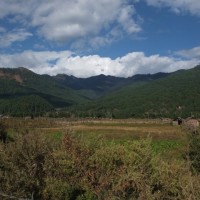
Walking through the Bumthang valley and see Bhutanese still only lightly touched by western influence.
Though more common sights are monks with mobiles, Dzongs and Stupas, the devotion of some who walk around a temple all day can not stop the local youth hanging about on street corners and garish signs adorning shops.
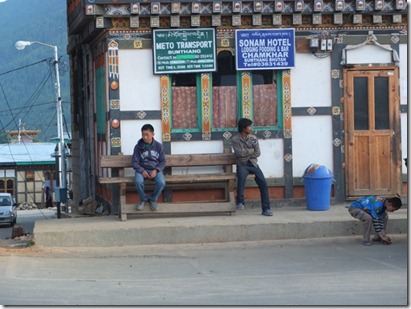 Old trails are marked by prayer walls, used as way marking for ancient routes, many now trekking trails, and have to be passed on the right, clockwise. Hence driving on the left?
Old trails are marked by prayer walls, used as way marking for ancient routes, many now trekking trails, and have to be passed on the right, clockwise. Hence driving on the left?
Though legs are often a more practical form of transport
Hydro-power came early to Bhutan, to power prayer wheels which chime played like hand bells. Power which is now being harnessed to make Bhutan self-sufficient in clean energy and hydro stations increasing with demand.
Bhutan may have missed a medal at the Olympics, due to lack of the latest bows,
but the ones here are pretty high tech and the passion for the sport is clear when each point is celebrated by a victory dance.
Children hone their skills with these giant darts and begin archery with bamboo bows.
Bamboo is prolific in many areas and as well as feeding yak and red panda becomes scaffolding in construction.
Village houses keep to traditional design with open space under the roof originally being used to dry hay and store animal feed. Chillies adorn roofs as they dry, along with satellite dishes
with buckwheat seed and buckwheat pasta dried on the floors.
Fertility of the valley means a diversity of crops. Potatoes being sorted in huts.
Turnips growing and picking.
Buckwheat, used for pancakes and porridge.
With the ploughing still done by oxen
For how much longer?
More pictures from the Bumthang Valley here

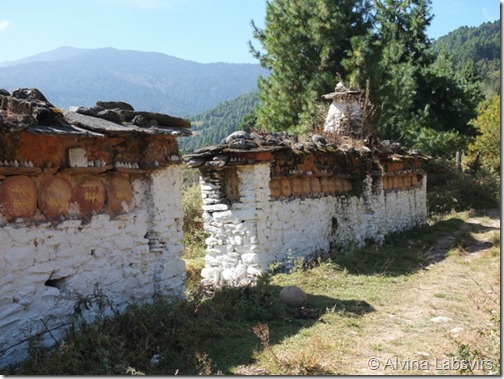
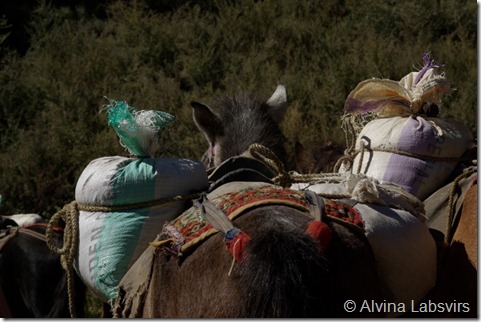
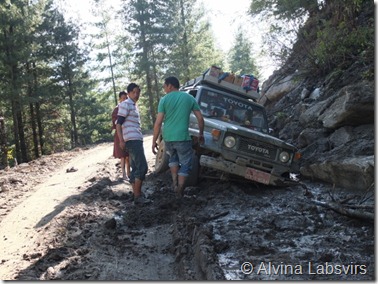
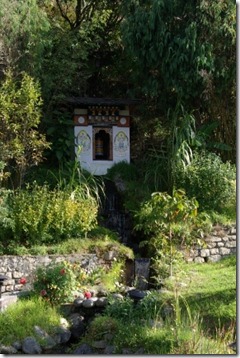
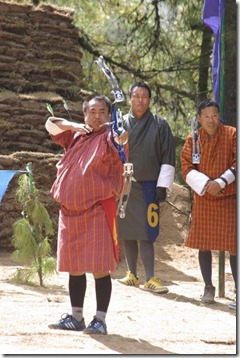
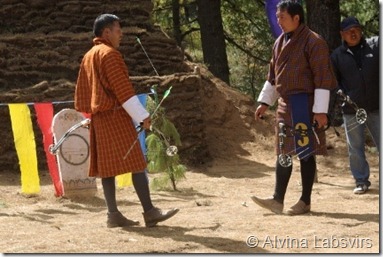
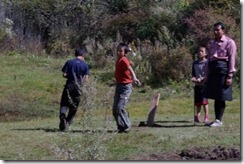
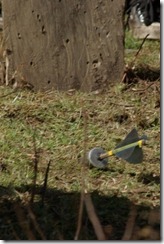
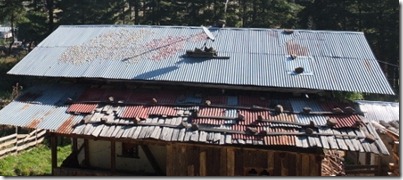
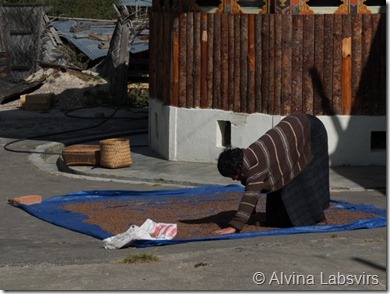
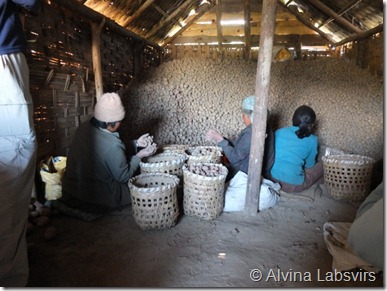
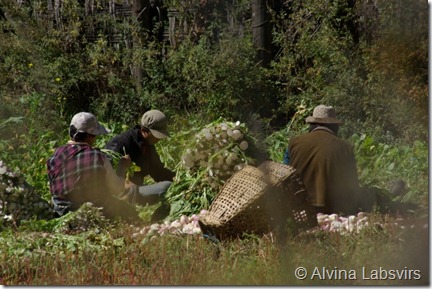
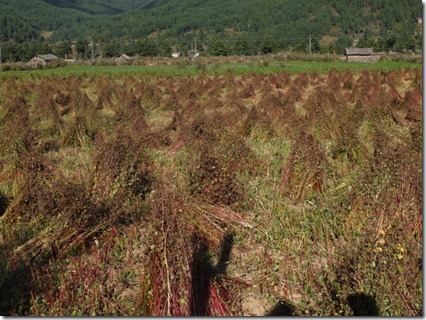
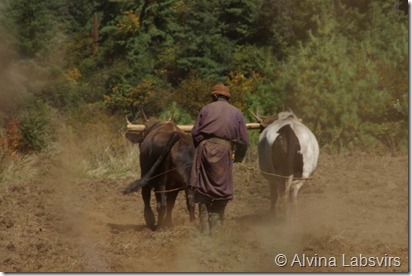
No Comments
Trackbacks/Pingbacks